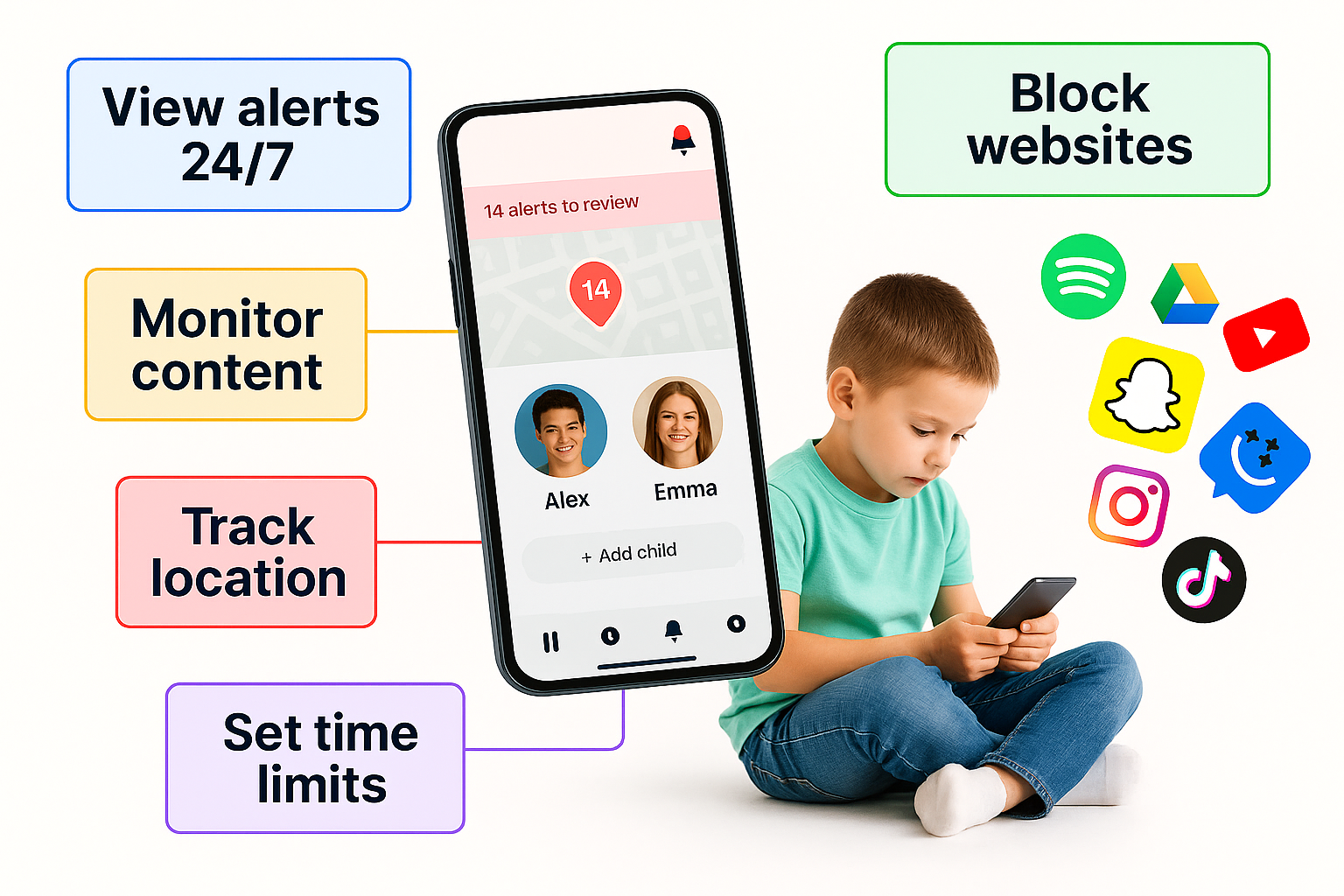📱 What Experts Are Saying About Phones and Kids — A Fresh Look
Why This Study Is Turning Heads
Cal Newport recently highlighted a powerful new consensus among researchers about smartphones and children. Instead of relying on polarizing debates or sensational headlines, a group of over 120 scholars from 11 academic fields came together to evaluate 26 claims about kids and smartphone use.
Their goal? Move beyond noise and figure out what most experts actually agree on — what is likely true, what is uncertain, and where we still need data.
What the Experts Largely Agree On
Some key points that nearly all the researchers endorsed include:
- Teen mental health has generally declined in many Western countries over the past two decades.
- Smartphone and social media use tend to be associated with attention difficulties and behavioral patterns resembling addiction.
- Among girls, social media engagement may also relate to body dissatisfaction, striving for perfection, exposure to mental illness, and vulnerability to online harassment.
These statements challenge the idea that the evidence is entirely mixed. In fact, for many of the claims, over 90% of the panel accepted them as reasonably valid.
Where the Debate Is Still Open
The experts weren’t unanimous about what to do next. Some claims failed to reach consensus — especially intervention strategies like limiting social media access by age. Though many panelists lean toward such policies being beneficial, there’s not yet strong data proving they work. Cal Newport
In short: researchers agree about risks, but are cautious about prescribing policies without more evidence.
My Takeaways from the Study
From Newport’s reflections and what the consensus paper shows, here’s what stands out:
- This isn’t just alarmism. The field isn’t deeply divided anymore. This consensus reflects a shift in how scholars view the relationship between youth and digital media. Cal Newport
- Uncertainty about policy doesn’t equal inaction. Waiting for perfect solutions might be too slow; precautionary measures could be beneficial now.
- It’s safe to limit exposure early. Restricting apps or social media access for younger users is low-risk compared to potential harms identified.
As Newport says: limiting TikTok or Snapchat for a 10- or 14-year-old likely costs little — but might prevent significant damage.
What This Means for Parents
For families trying to navigate phones, here’s a pragmatic approach:
- Use gradual exposure: start with limited access, then expand features as trust is built.
- Emphasize non-digital interaction: modeling family time without screens can reinforce balance.
- Monitor not just time, but type of use: passive scrolling and comparing are more harmful than intentional use (like messaging or learning).
- Create open channels for conversation — let kids share their online experiences without fear.
Smartphones aren’t villainous by default — but the research consensus suggests we should treat them with care. Early, responsible boundaries can make all the difference in shaping how kids grow with technology.
For families taking the first step, consider a more controlled device like a child-safe phone with texting only or starter phone for adolescents without social media.

